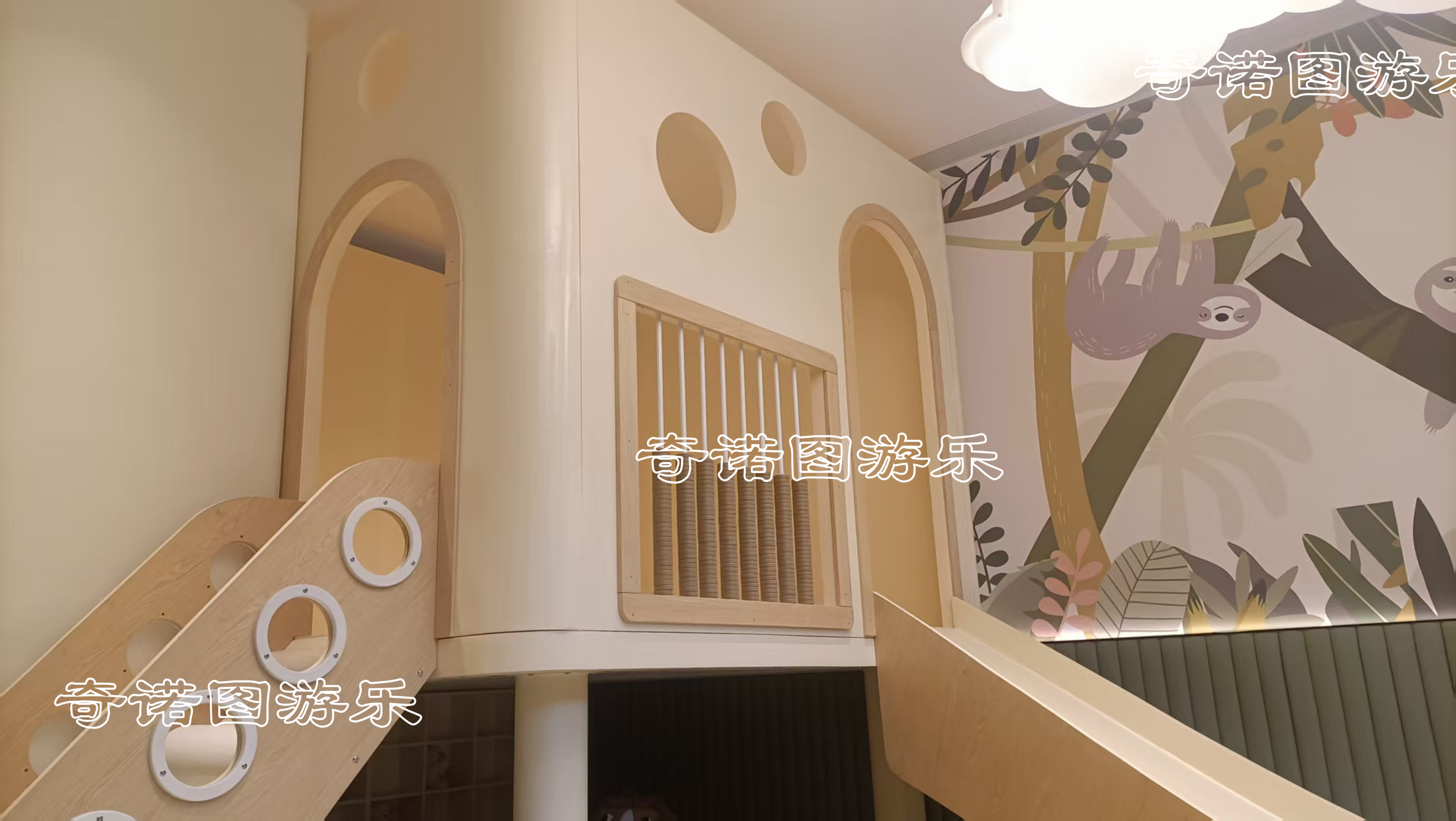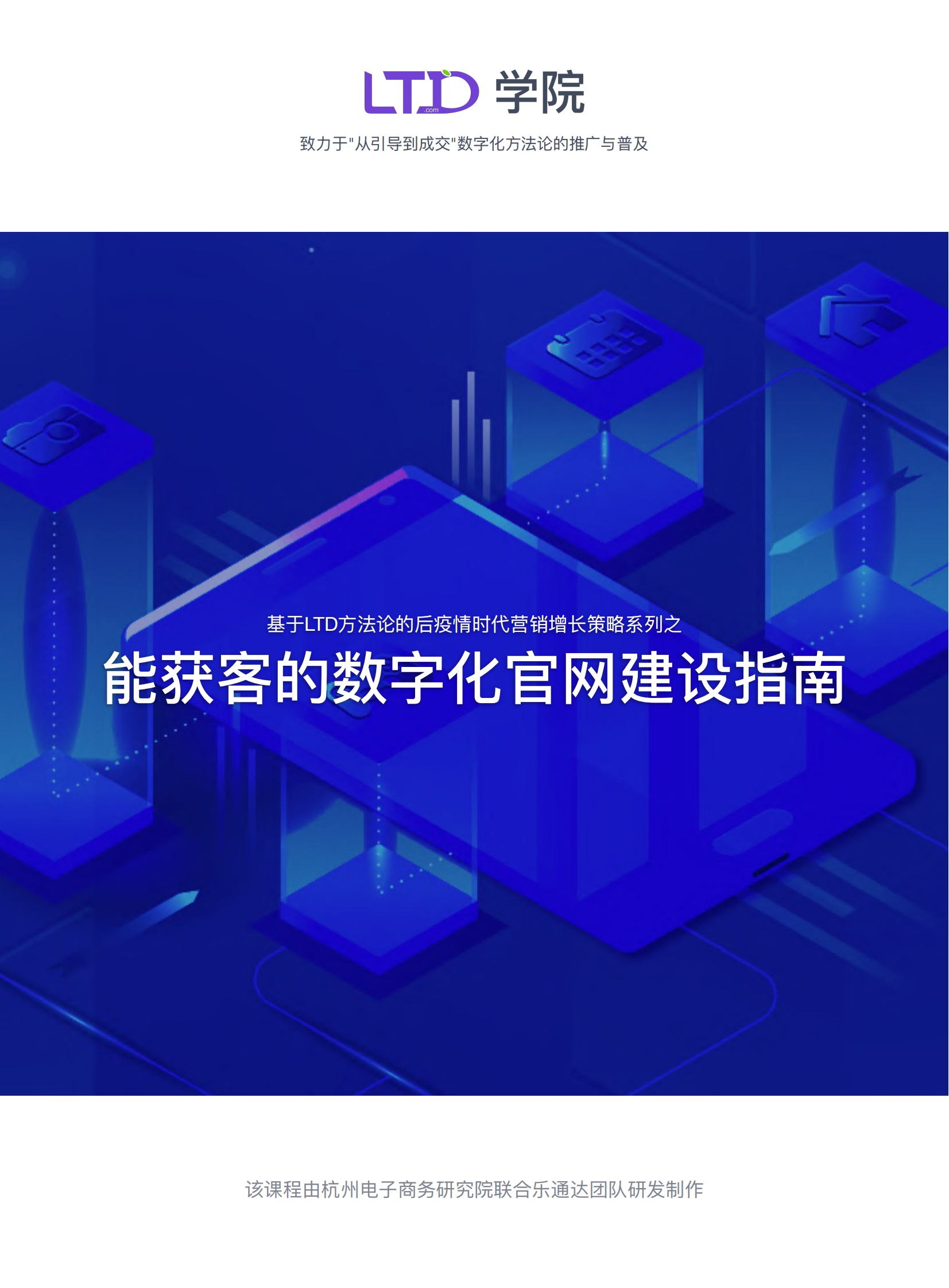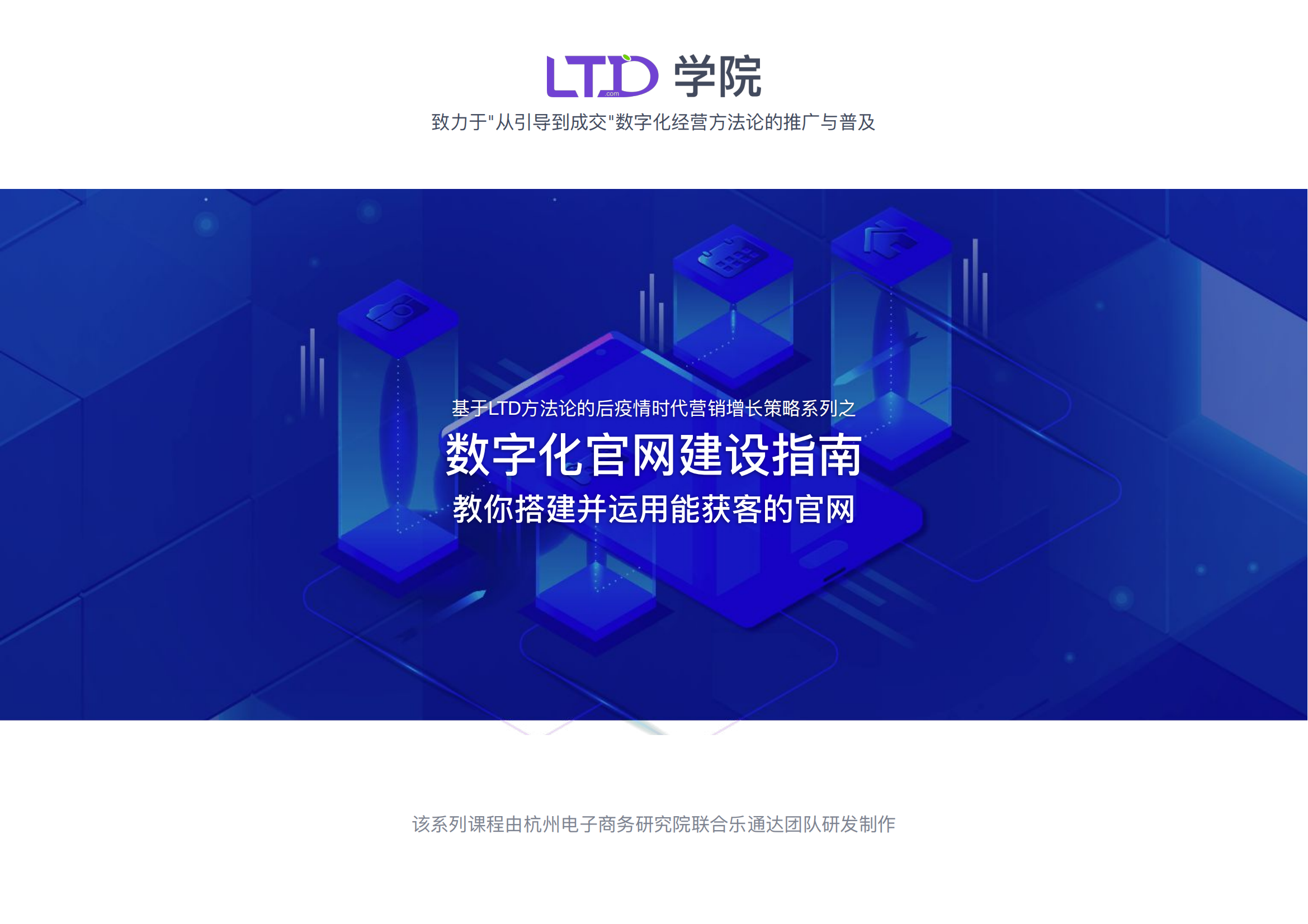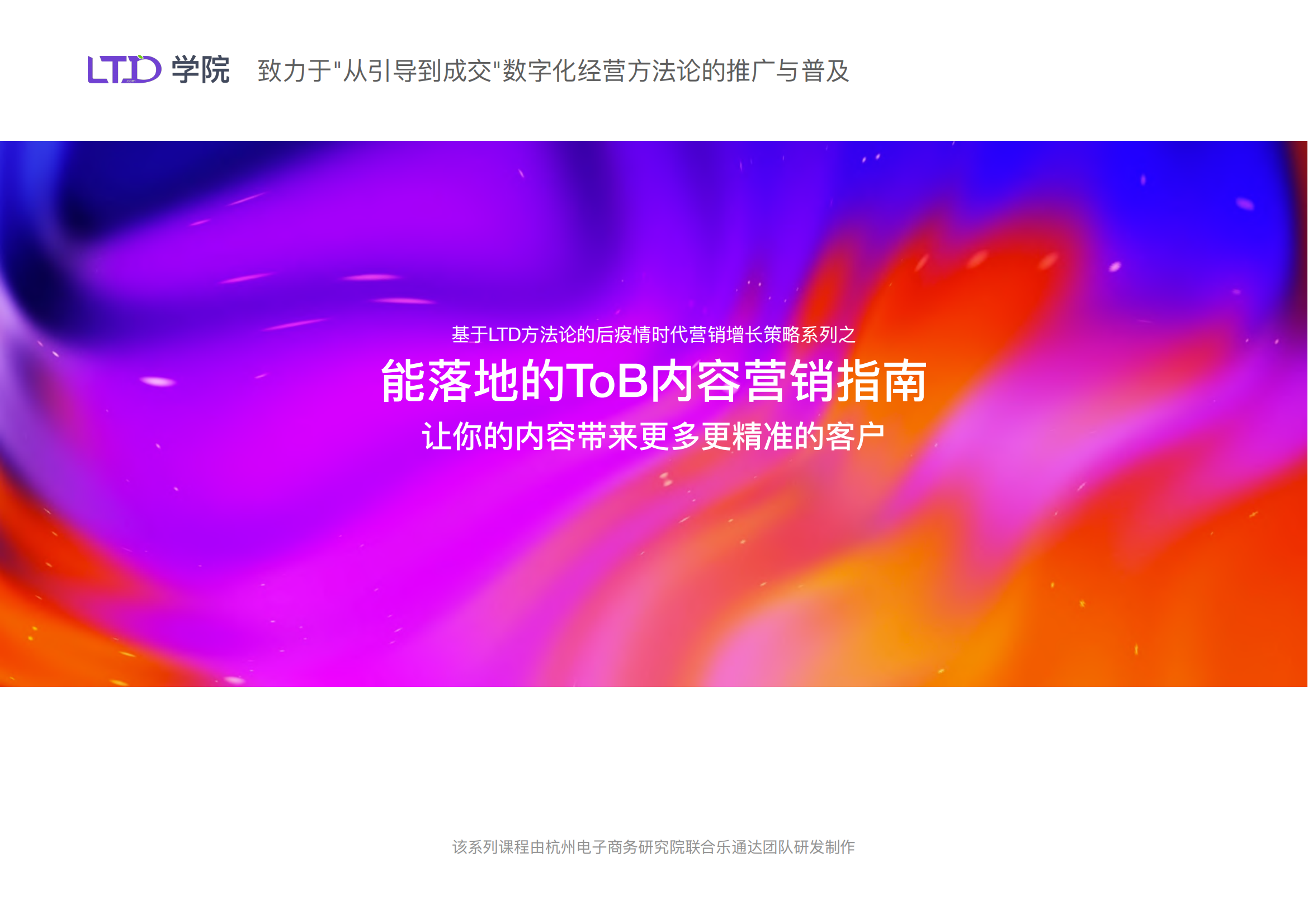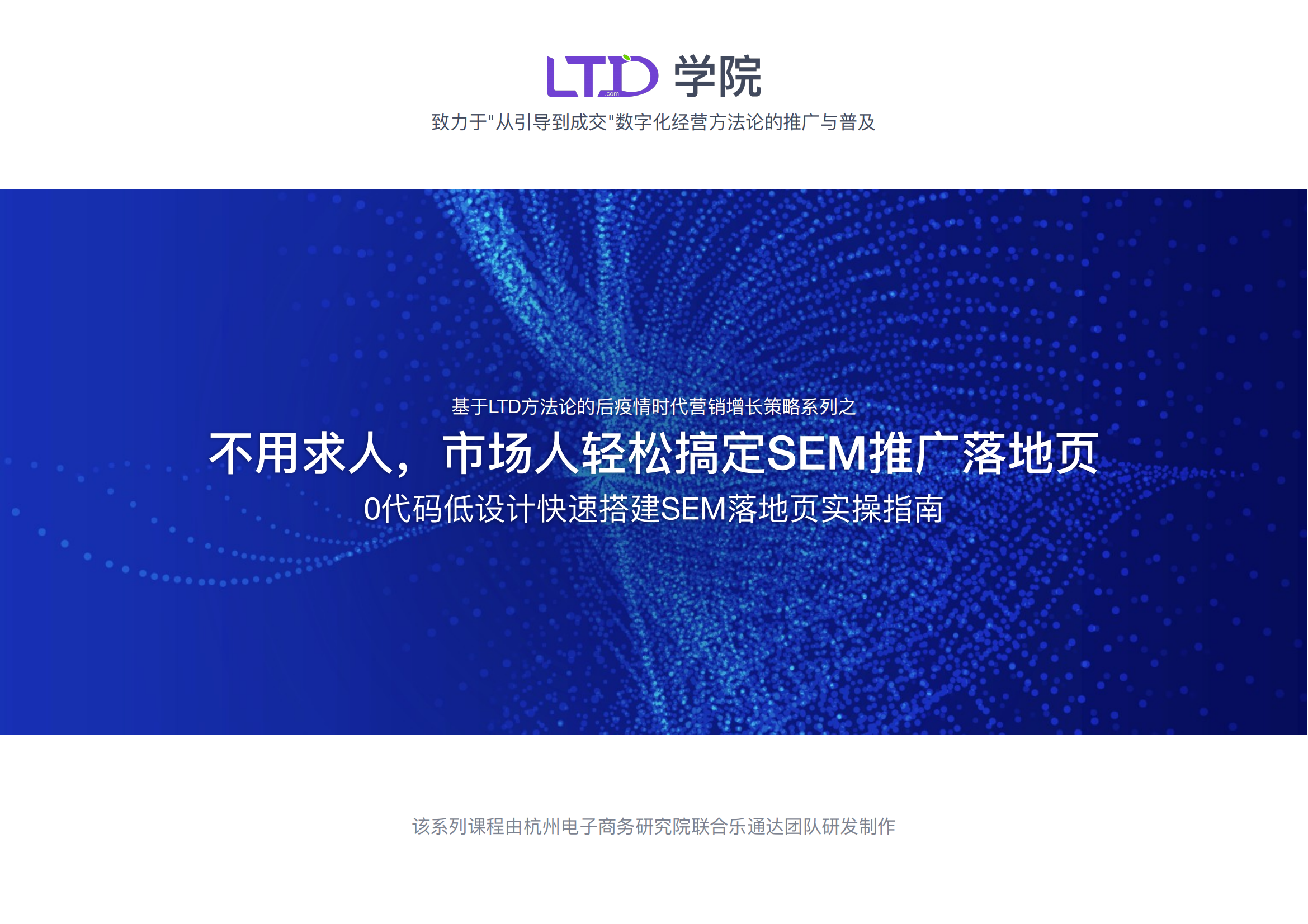
杭州租车电话是多少
2025-05-31 17:28:43

高扭矩齿轮减速机点燃矿山装备潜能
2025-11-07 14:32:01

今天杭州应达专车带你领略钱塘江潮景
2025-05-31 09:01:28

细分工业品电商领域一位老板做了这几件事,“让同行都躺平不干了”
2022-09-27 12:59:08

“中台”是个伪概念,把网站数字化了就是最好的中台!
2022-07-04 13:56:16

杭州会议用车公司
2025-05-31 17:29:04

模板库第134次更新:推出4款适用于商品百货与数码商城行业的网站皮肤,支持在线交易、仓储物流及一件代发等多样化功能。
2025-05-16 12:01:05

What is a Pneumatic Solenoid Valve?
2025-06-27 14:25:14

和面机芯暗藏蜗轮蜗杆,揉面匠心独运
2025-10-09 12:34:48
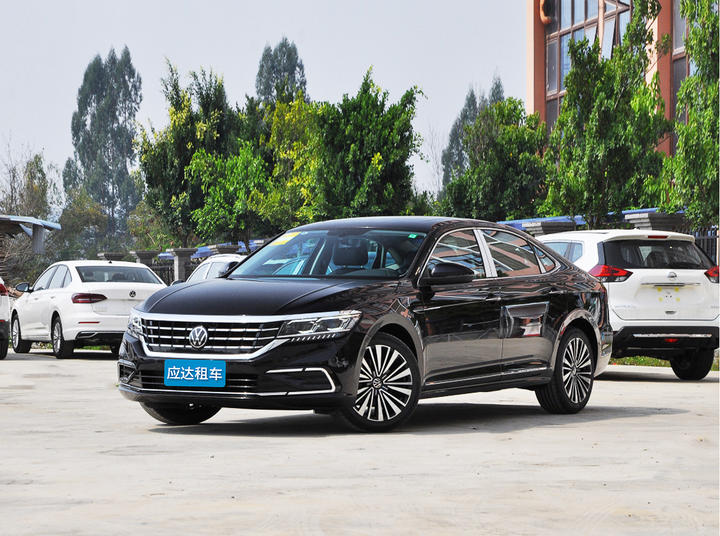
春季自驾游选对租车公司很关键
2025-05-31 17:26:22

2025低空经济协同创新蓝皮书
2025-07-31 10:34:01

“传帮带”主题分享会成功举办,激发团队协作新活力
2025-11-09 16:56:35

一次性血氧探头能否收费?
2025-12-08 08:13:24
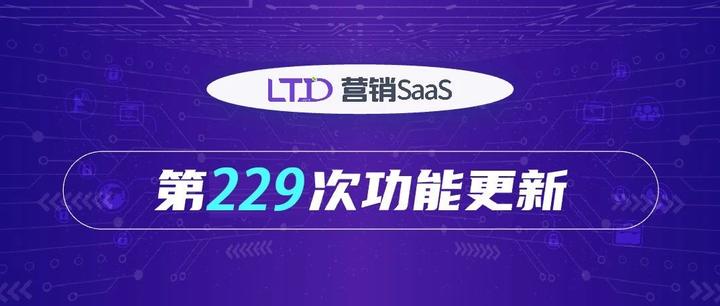
LTD229次升级 | 积分商城支持现金+积分换购 • 全员营销转发记录可显示分享渠道 • 商品可支持多组技术规格
2023-06-07 13:33:10

为什么有的企业越做越累,有的却越走越稳?
2025-11-17 13:55:14

长时间日晒对汽车有哪些影响?
2025-05-31 17:29:11

独立站流量获取实战指南(精炼运营宝典)
2025-10-17 10:17:01

高空液压泵的动能奥秘 斜齿轮与蜗轮的精妙协同
2025-08-30 11:17:16
第十八项修炼:洞悉自我
2025-11-20 11:22:41

甲板起重机核心动力:斜齿轮硬齿面传动解析
2025-07-03 10:55:23

平行轴斜齿轮减速机,赋能玻璃切割机的强劲动力
2025-10-14 11:19:14

杭州包车服务
2025-05-31 08:57:46

内测福利升级|Alpha首发用户专享2GB流量加赠
2025-12-08 13:49:45

恒齿传动——恒创未来 光影再现
2025-07-04 07:44:00

塑成瞬变轨 平行轴斜齿减速机
2025-07-31 16:24:55

恒齿减速机,三八节的温情守护
2025-07-11 13:06:30

杭州包车去周庄
2025-05-31 09:00:18

22老许:公司制或将终结 ,数字化将带来员工与公司关系的重构
2020-04-26 22:31:52

山东稀有科技总经理宗刚于中国纤维流行趋势专题论坛上精彩解读:超临界气凝胶在热湃®蓄热锁温抑菌纤维中的创新应用
2025-09-09 12:13:09

节能降耗新标杆——这款革新减速机让环保格栅效率飙升
2025-11-11 15:07:53






